
16 Reasons Why eCommerce Startups Fail
By: Growth Kolony
Here’s a “fun” fact that might scare your pants off: 90 percent of all startups fail.
And yes. This also applies to eCommerce businesses as well, which means that only 10 percent of all eCommerce businesses succeed.
So if you’re starting a business, listen up. Because you know how the old saying goes: Those who do not learn from history are doomed to repeat it.
Let’s dive right in.
Why eCommerce Startups Fail Reason 1: Poor Product Content

So you’re ready to place an excellent product on the market. You’ve done thorough research and everything looks “okay” so far.
But, when you look at your product picture, it’s a fuzzy one.
On top of that, your copywriting sucks and everything looks dodgy and unprofessional.
So, what do you do?
Duh! Fix it of course, dummy. With tools like Grammarly, there is no excuse for spelling and grammatical errors.
If you show your products to customers with obvious mistakes, it’ll lead to a poor launch, so if you have the chance to change it and improve it, do it.
The first taste of something new instantly comes from the eyes, so you’ll need engaging visual content.
At the very least, look trustworthy and competent.
Naturally, if someone visits your site and views your products and sees low-quality images and product descriptions, you instantly set yourself up for making a bad first impression.
And generally bad first impressions are a symptom of crappy user experiences.
So remember when you’re launching a new product or service, be as professional as possible and try to overcome any objection a user may have before they bounce over to your competitors.
Come up with a list of objections and reasons why a customer may not buy from you and overcome those objections on your website.
Why eCommerce Startups Fail Reason 2: Too Much Friction
The online shopping journey needs to be effortless.
eCommerce startups fail to understand how hard they make it for users to buy from their store.
They make users jump through a marathon of hoops before closing the deal, which is a major no-no.
Keep it simple.
This is one of the biggest reasons why shoppers bounce off the page and quit the purchasing process. A complicated user experience will turn off some shoppers so much that they may never come back to the site ever again.
Another thing to consider is partnering with reliable payment facilitators and offering as many reliable payment methods as possible.
This is the second reason why customers leave a site. If they feel that your payment method is sketchy, they’ll bounce!
So consider the most popular payment methods available, like major credit cards, debit, Pay Pal, Google and Apple Pay etc. and you’ll broaden your customer base.
Why eCommerce Startups Fail Reason 3: Misaligned Pricing
So say you’re offering a quality product at a very low rate. You have an ad placed and it starts to send traffic to your website.
You’re excited to make your first sale but nobody is buying.
One reason for this is that your prices are misaligned with customer expectations. Your packing and shipping costs are through the roof and almost half the price of the product.
This means that your pricing and your ads fail to properly align with customer expectations.
You can include the additional shipping cost with the product price right at the beginning to avoid surprise expenses and market the product with “Free Shipping”.
It is all about managing the expectations of online shoppers. If there are hidden costs involved, users will feel like they’ve been lied to and abandon their shopping cart before making a purchase.
It is a crucial aspect and something you want to control. We can say the same thing about misleading ads.
When you present one price in an ad and then show another price once you get to the landing page or checkout, it’s deceptive.
Why eCommerce Startups Fail Reason 4: Return Policy
Your online business can be as successful as they come, but if you don’t have a clear return policy, things can take a bad turn quickly.
For example, if you’re running a dropshipping store and your supplier products fail to meet expectations and customers want to return and get a refund and you have no return policy, you’re setting yourself up for a rude review awakening without any sort of protection.
Also, you should not expect people will jump through hoops to buy a product from a site without a defined return policy.
This is why you need to have every product labeled and identifiable, in case a return is in order.
This is not just a positive aspect from a customer’s point of view. This is something that can protect you too!
Because hey, there are hackers and scammers out there who’ll try to pose as former customers to screw you out of money.
Also, some customers order products, use it for a certain period, and then return it and try to get a full refund. In these cases, if you have a return policy, you can shield yourself from receiving back a damaged or non-functional product.
If the time window of the return is outside your policy, you cannot face any legal actions against you later on.
Why eCommerce Startups Fail Reason 5: Money Management
If you’re starting a new business, one thing is certain: you need money to make money.
In the beginning, you need to fund your business, so you have to know what amount of money you need to execute without any obstacles.
There is a type of money management that you will need to adhere to in the beginning so your business does not run out of money fast.
Make a budget plan and stick to it. Avoid overspending on a particular department and ignoring other aspects of the business.
The inventory is a big part of this too. Your customers will be left dissatisfied if your product takes longer than expected to arrive.
Start by testing a small number of products and see how it goes. After some time, start adjusting the order accordingly.
You don’t need an ungodly amount for online businesses but you definitely need to manage properly and spend money wisely to make more money.
Why eCommerce Startups Fail Reason 6: Ignoring Mobile UX
79% of mobile phone users have purchased something from their phone.
These are the kind of figures that you can use to your advantage. To do that, you need to know how to properly create a mobile user experience that works well.
You can either create a site that is optimized for mobile devices or you can get a customized approach where you can further develop aspects of the mobile version to make it just perfect.
The first thing you need to consider is a test launch.
Before doing the official launch of the mobile version, test it to see whether it functions well.
Put yourself in the shoes of your customer and see if you can work around the site and view the products in all their glory.
Test the mobile site and see if it executes its purpose. Test your forms and the shopping experience on various devices and measure it for speed, accessibility, and visual appearance.
These are the most important bits to take care of when you are launching something new on the mobile market.
When this fails, the eCommerce business fails.
If you need help with improving your mobile experience and mobile design feel free to contact us.
Why eCommerce Startups Fail Reason 7: Crappy Marketing Strategy
So you have an amazing product that solves problems and you think everything will go well but it fails.
Why?
Is it because of the quality of the product? Is there no demand?
Or is it because your branding and marketing strategy sucks?
If you have a product that solves a problem, you need to identify and reach the right audience. Selling snow to an Eskimo just doesn’t make sense, right?
So find your target audience. This target audience can be easily obtained by creating a buyer persona template.
This means you must identify your perfect customer for your product and how to reach them across all channels. You’ll have to create your own ideal character and the culture they live in.
Narrow it down to demographics like age, gender, race, religion, politics, industry, yearly income, and interests to just name a few.
What are they like? What do they do? Where do they hang out? What celebrities and influencers do they follow?
These questions can guide you through the process of creating a solid growth marketing strategy.
Then invest in SEO, paid search, social media, and content marketing. Social and search ads have proven to be an incredible way to drive traffic to websites. Same with viral content generation and campaigns.
Online growth marketing strategies are cheaper and more effective than traditional marketing like TV, print, and radio because you can reach the right people, at the right time, at the right price. You can also track user behaviour in near real-time and optimize your ROI.
Why eCommerce Startups Fail Reason 8: Failing At SEO
This one is considered a rooky mistake because every veteran online business owner knows the power of SEO.
Integrate SEO from the beginning.
How?
Get a web developer who knows SEO because it’s far better and more economical to execute web design and SEO all at once.
But here’s a crash course.
First, identify your main keywords using a tool like Google Keyword Planner. Find the most popular keywords and the most popular low-competition keywords.
You’ll want to consider these keywords when you’re labeling your pages on your site.
Remember: Every informational page and product and service that you publish on your site and want to rank for should have its own landing page.
This means every landing page needs its own focus keyword. Each landing page will feature content about one keyword or product or service, which can also feature subcategory-related products and services.
The designated keyword should be included in your URL, title tags, meta descriptions, header tags, in the first sentence of your starting paragraph, and strategically embedded throughout the landing page.
Your focus keyword should appear 1% – 2% of the overall word count.
This includes your multi-media assets like pictures via alt tag.
This will make your product relevant when it is searched for on the internet.
If you want to give yourself the best chance to rank high in a search, then choose keywords that have the lowest competition rate.
After publishing the page send relevant traffic and backlinks to each page. We can understand how all of this may seem a bit too advanced.
If you need an SEO agency or have any questions about SEO, feel free to contact us for a free consult.
Why eCommerce Startups Fail Reason 9: Skip Planning And Testing Stage
In a perfect eCommerce world, making money is a straight line to the top.
All we’d have to do is pick a product and market it and wait for the 6-figure sales to roll in 30 days after and voila! Hello, dream digital nomad life! Hello, new Lambo! Hello, new hot girlfriend!
Unfortunately, in reality, this is not the case.
You need to find product-market fit. You need to enter a niche market and deliver a product that easily solves a problem. After creating a product that you want to launch on the market, first, you need to experiment.
You may think the product may look really good, but if the test groups that you create do not approve of it, you might need to go back to the research and development phase.
Here’s a quick guide on how to create a minimum-viable product. You want to create a product that solves one problem well and roll it out for testing.
This is why the planning and testing stages are extremely important when you are trying to launch something on the market.
Your test groups give you a fresh insight into what you have created. It is an objective point of view that can lead you to many discoveries.
It’s great for the product itself because you can amend it and upgrade any of its features while understanding what the market wants.
This information is useful in terms of what to apply to your product and how you can appeal to a wider audience. If you manage to get this step right, you are almost guaranteed a successful outcome!
Why eCommerce Startups Fail Reason 10: Saturated Niches
When you are launching a new product, you want to avoid saturated niches.
This is when you sell products similar to something that is already on the market and are too generic.
If there is any chance for you to avoid this scenario, then do it.
For example, if you only specialize in dog collars, then this will not get you very far. But on the other hand, if you specialize in military dog collars, then you might just start going places.
The overall subject here is going a bit deeper than usual. So, when you are looking to place a product on the market, you are not just going to scratch the surface.
You need to go deeper to understand what your customers are after. This deep research will provide you with great success.
Why eCommerce Startups Fail Reason 11: One And Done
Sometimes, things do not turn out the way we expected them to, leading us to disappointment.
This is common in eCommerce. You need to remember that in the world of entrepreneurship, ups and downs are normal.
So, if you fail at one product it’s better to try another one until you find one that works.
Before completely quitting on your eCommerce dream, try at least 3 to 5 products and see how they sell on the market.
Maybe 4 of them will fail, but the fifth one might be a hit!
That’s what it’s like in the eCommerce world, you never know how it is going to turn out.
Why eCommerce Startups Fail Reason 12: Too Much Focus On Front End
Of course, every business owner wants to have a brand that’s associated with success.
And yes, there are people out there who believe having a flashy logo, catchy name or a phrase is the key to a successful brand.
The thing is, these are not the elements that keep a business sustainably profitable.
You need to do so much more than just have a good name for your business. In the long run, the business needs to be maintained and sustainable and work like a well-oiled machine.
Attracting new customers should be easy and they should always feel like they are being taken care of.
Because your customers are the people who keep your business afloat, cherish them, and make their experience with your business memorable.
Make them want to come back for more. Make them want to share your product with their friends and family. Make them into your very own marketing army.
Why eCommerce Startups Fail Reason 13: Poor Site Navigation
As we discussed earlier with the checkout issue, the same goes for your entire website.
Your website must serve a positive user experience. It has to look professional so users and potential customers trust your business and feel comfortable buying from it.
This also means your website should be easy to navigate, meaning users should be able to find exactly what they’re looking for when they land on your website.
Get customers the right information as fast as possible. Meaning, if you’re running ads or organic search campaigns, your titles and messaging should align with the content of each landing page.
Everything should be clear and everything must be available at the tip of your customers’ fingers.
Make sure your website is easy and convenient to use. Make it intuitive too, in terms of browsing from one product to the next.
When you’re clear and straightforward with design and copywriting, you’ll save customers a lot of time and headaches.
They will be thankful for that!
The last thing you want is for your customers to land on your website and bounce off to a competitor site because you failed to make it easy for them to find information and products that you have.
A good way to save lost users is to add a live chat option. Make live chat available so users will be able to chat with you in near real-time through email or text.
Why eCommerce Startups Fail Reason 14: Annoying Pop-Ups
If you’ve been surfing the web in the last decade, you’ve noticed an annoying pop-up or two.
These are the forms that pop-up and feature “useful” information, like, a promo code for a discount or a newsletter sign-up.
Showing the occasional one to users is fair if it ads value.
But, force-engaging users with repetitive annoying pop-ups can lead to a bounce.
There is nothing wrong with having a pop-up on your website, just try not to overwhelm users with it.
This decreases the user experience and leads to a person abandoning your site.
Why eCommerce Startups Fail Reason 15: Mandatory Registration
We have all been there!
Visiting a site for the first time because of a clickbait headline and just after it loads boom!
The content is only available after you register or become a paid member. Ya, you want to avoid this model if you’re a startup. This immediately drives people away from your site.
Think about it. That’s equivalent to a random strange man asking a beautiful woman on the street for her contact and credit card information and expecting positive results — it’s sketchy AF.
If you’re eager to collect customer information and have them commit to your site, hook them with your site content and products first.
Give them the freedom they need, and if you are lucky, they might come back and share an article with their network or better yet, buy something!
Why eCommerce Startups Fail Reason 16: No Customer Service
Whatever you are trying to sell, remember, you need to have good customer service.
If you are trying to sell a product online, people are bound to have questions.
Make a customer representative available. Whether it’s an AI chatbot or a live chat agent feature that gives customers the ability to text a real customer service representative on a mobile device.
A good customer representative option will help customers find answers and the right product as soon as possible.
Being an entrepreneur is not an easy job. With the success rate of eCommerce being only 10 percent we can imagine what the pressure to succeed feels like.
What you need to remember here is to be persistent, use this list as a way to learn how to avoid the most basic mistakes, and never give up!
If you have any questions about our article, “16 Reasons Why eCommerce Startups Fail” or need help with growth marketing, feel free to call us at 1-888-593-4159 or message us on social media.



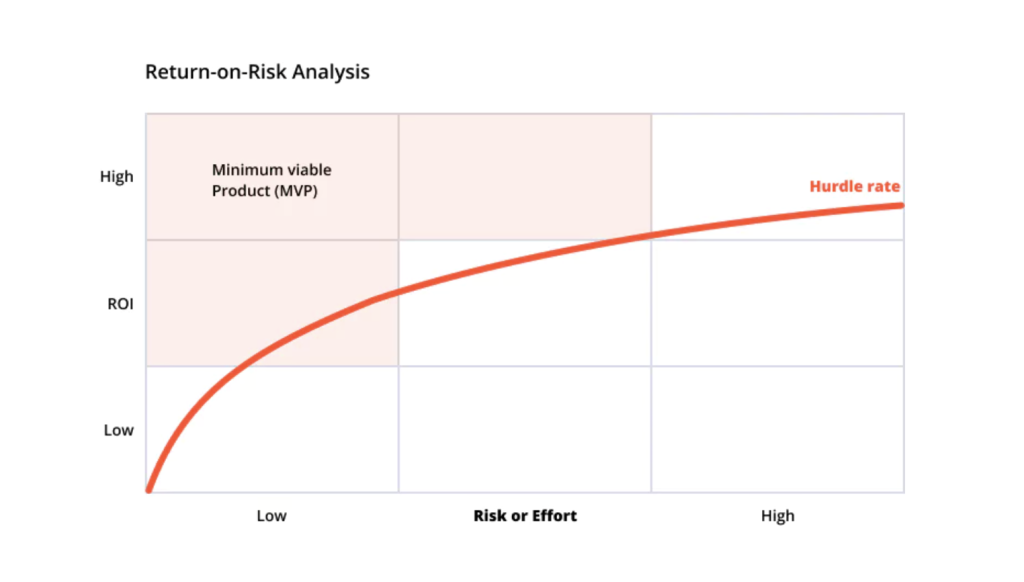
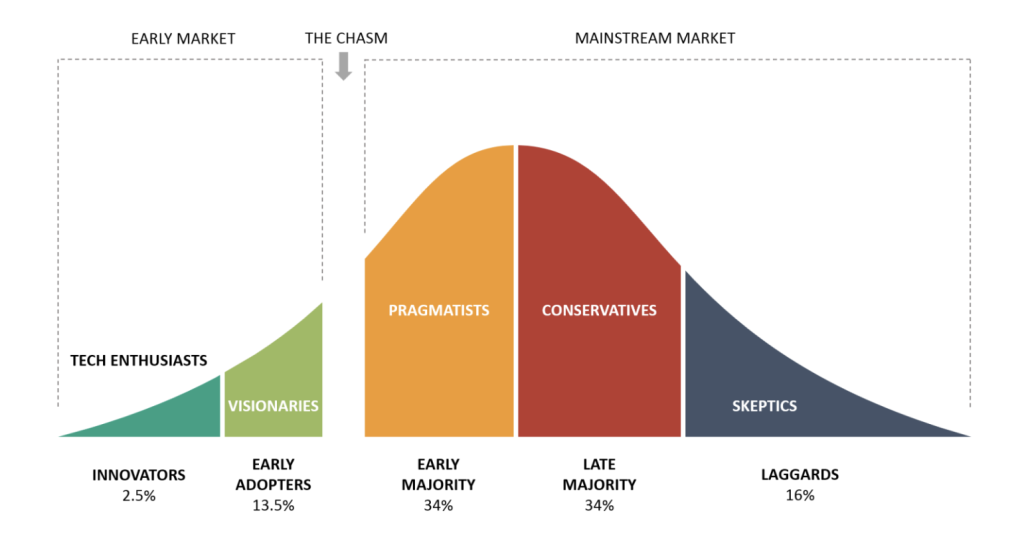


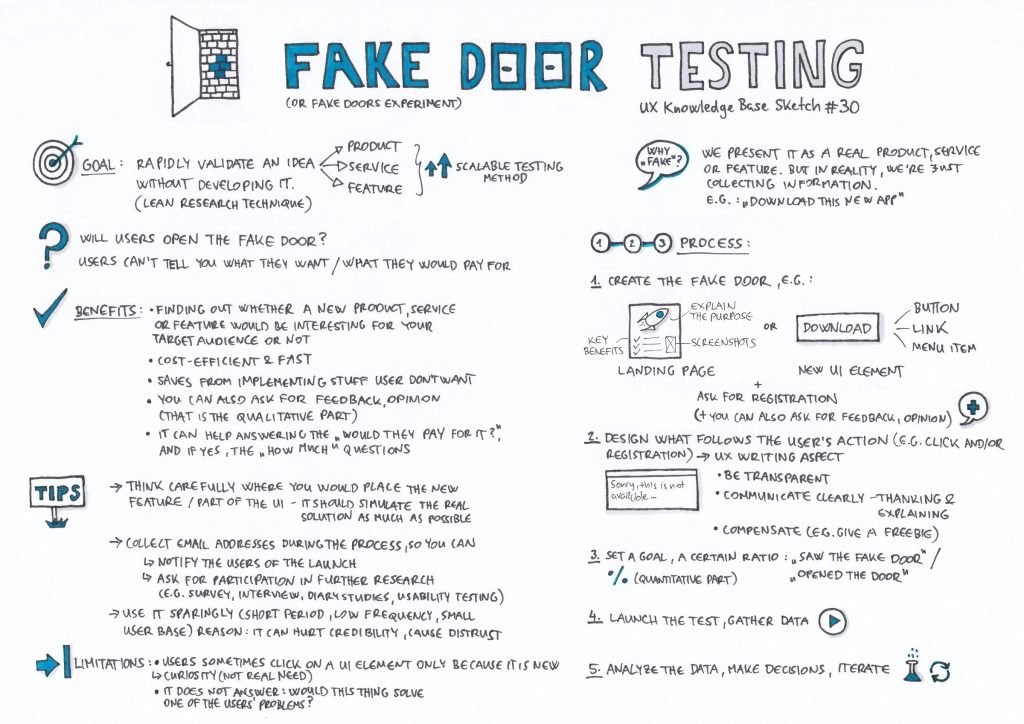
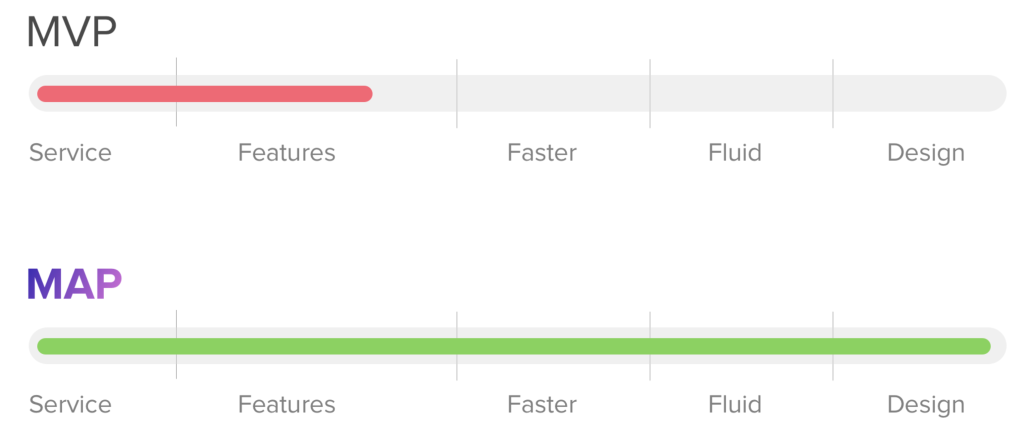













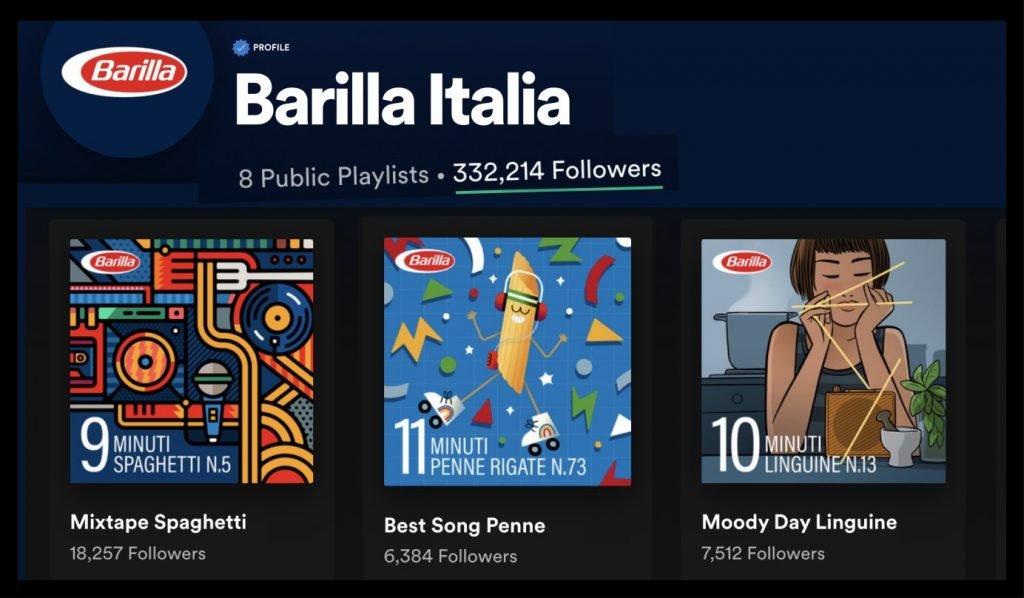










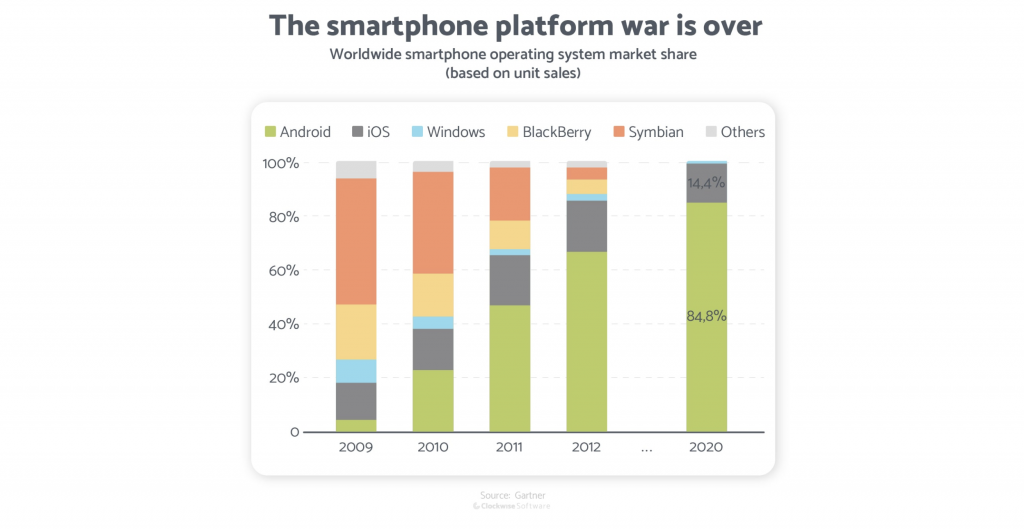
 Mobile Marketing Tip 10: Network With Some Other App Developers
Mobile Marketing Tip 10: Network With Some Other App Developers
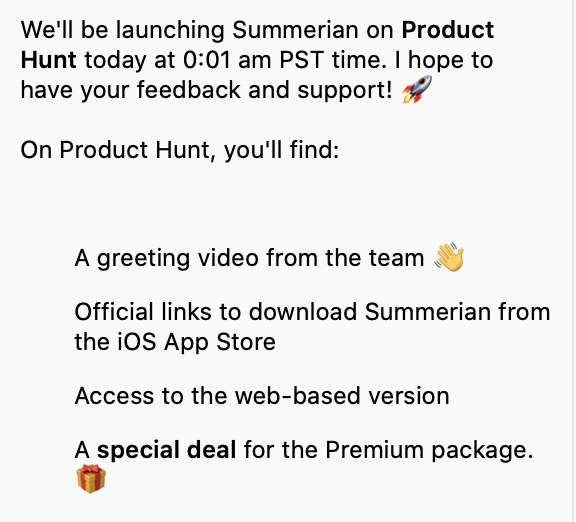

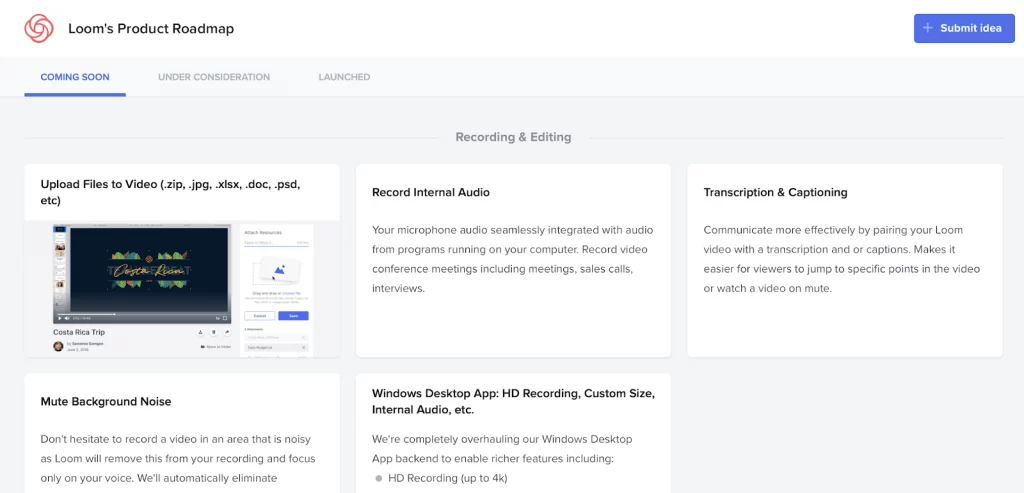

 The main difference between local SEO and organic SEO results is that local SEO strategies target a URL with a specific location; like a brick-and-mortar location, whereas organic results focus on ranking websites that may not have a brick-and-mortar location.
The main difference between local SEO and organic SEO results is that local SEO strategies target a URL with a specific location; like a brick-and-mortar location, whereas organic results focus on ranking websites that may not have a brick-and-mortar location.
























































